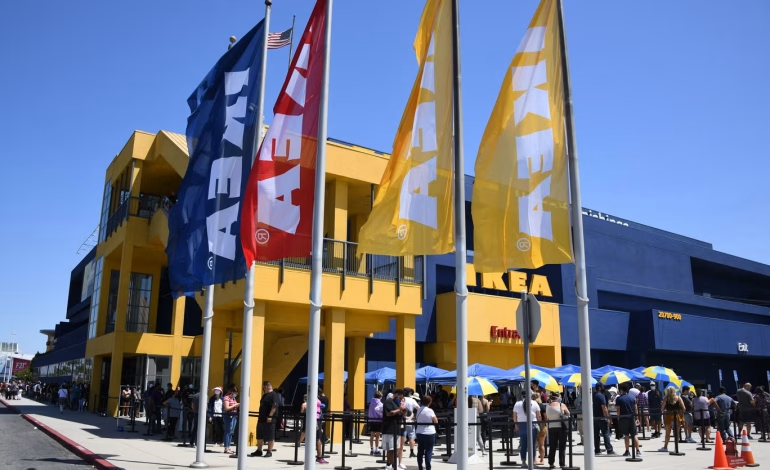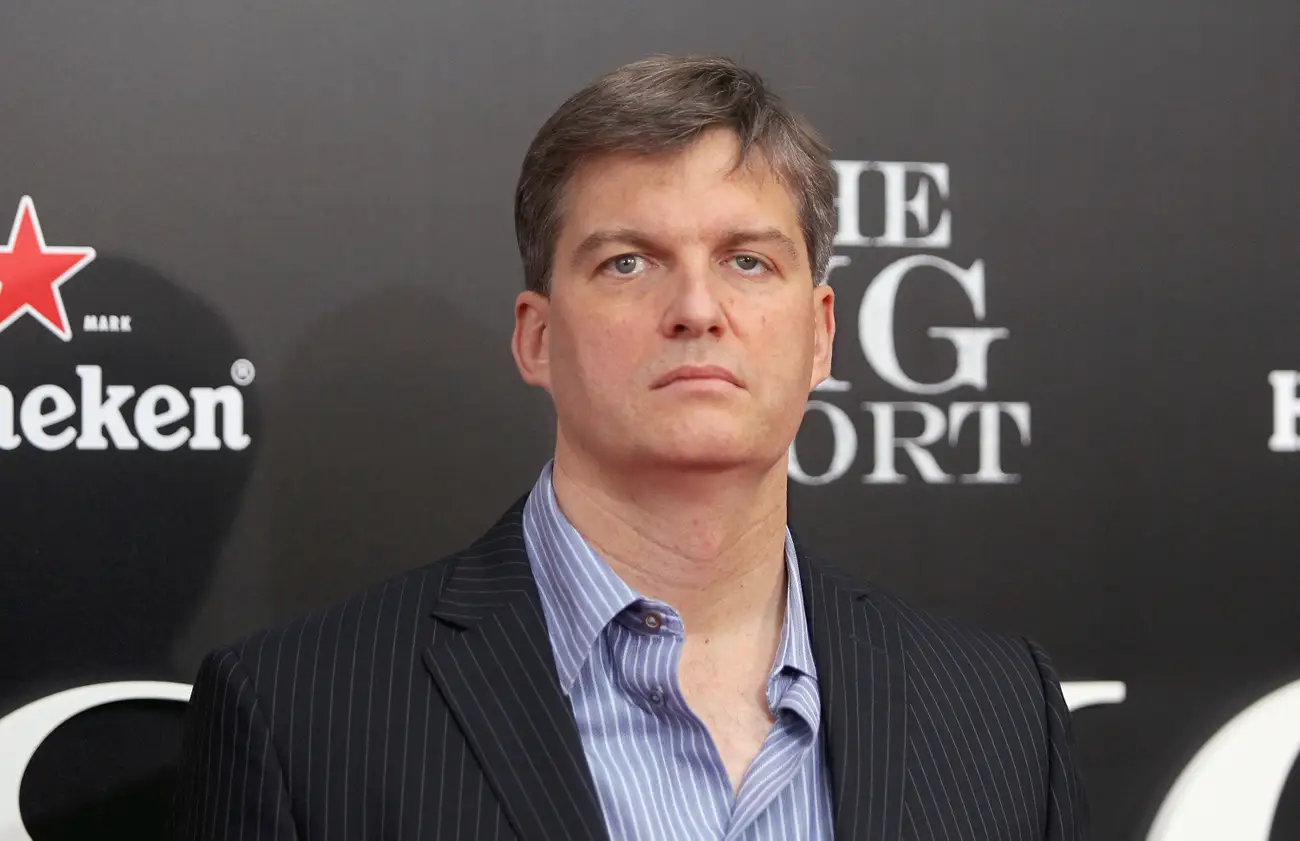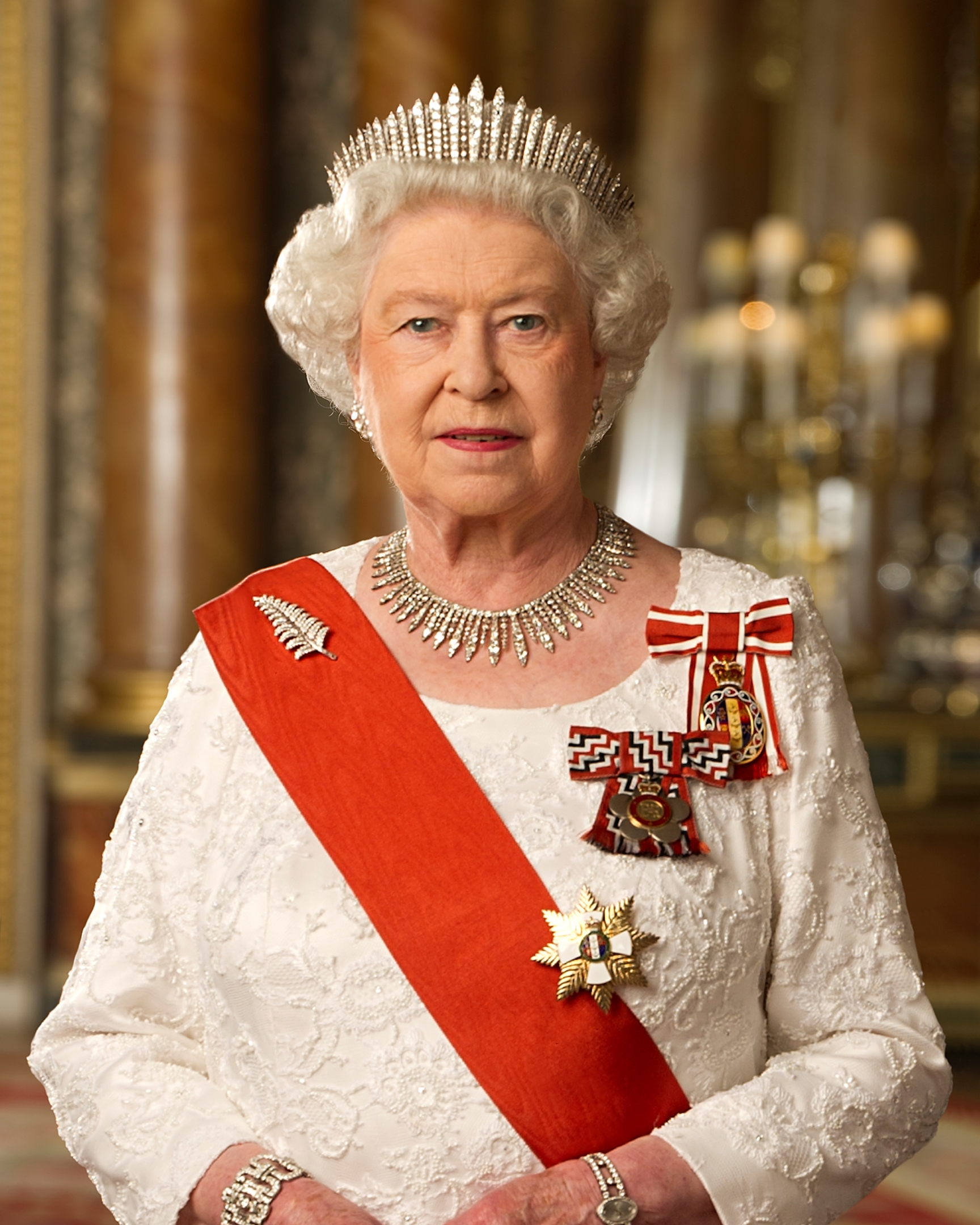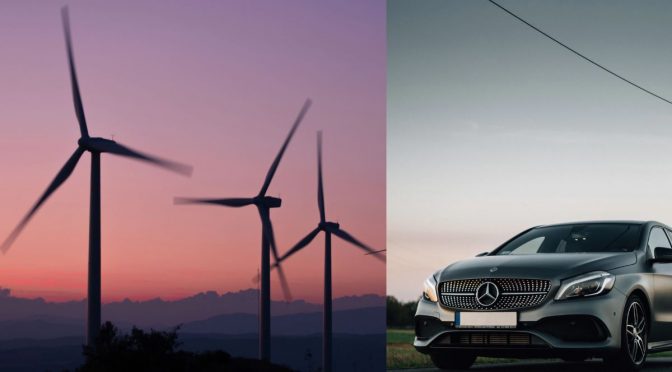Tariffs squeeze IKEA’s “low-price” promise — and sticker shock may be next

With input from the Financial Times, the Independent, New York Post.
IKEA built its brand on “democratic design” — good-looking, useful, cheap. But that last bit is under real pressure. The Swedish flat-pack giant says President Trump’s latest tariff rounds are making it harder to keep prices down in the US, and some tags are already creeping up.
Tolga Öncü, who runs retail for Ingka (the group operating most IKEA stores), put it bluntly: the company will keep hunting for efficiencies and automation, but “we have to adapt and pass on parts of the cost increase to customers.” With only about 15% of what IKEA sells in America made domestically — versus the vast majority sourced locally in Europe and Asia — the US business is especially exposed to import taxes.
Fresh levies hit wood and timber (10%) and upholstered furniture, kitchen cabinets and vanities (25%), with more increases slated for next year. IKEA’s US kitchen cabinets are sourced domestically, softening that blow, but sofas and chairs aren’t as lucky — the Uppland sofa, for example, climbed from $849 to $899, and a three-piece oak bedroom set rose from $959 to $1,049. Company-wide, sales fell 1% in the year to August as IKEA cut prices to help inflation-stretched shoppers.
The response is twofold: squeeze costs and shift more sourcing to North America. Executives say the tariffs “confirm” the push to build out US suppliers for items like mattresses and upholstery, alongside investments in new stores, smaller formats and faster fulfillment. Long term, they’ve lifted their US investment plans and are testing leaner, lower-frills store concepts to keep overhead in check.
IKEA isn’t alone. Retail heavyweights from Walmart to Target have warned they’ll pass along at least some tariff pain. Economists at Goldman Sachs estimate US consumers ultimately eat about 55% of tariff costs, with companies absorbing a chunk up front and then inching up prices as the shock works through the system.
Bottom line: the blue-and-yellow promise of “always low prices” isn’t going away, but as tariff pressures pile onto higher input costs and shaky demand, don’t be surprised if more IKEA price tags nudge higher while the company races to localize production and trim every cost it can.








The latest news in your social feeds
Subscribe to our social media platforms to stay tuned